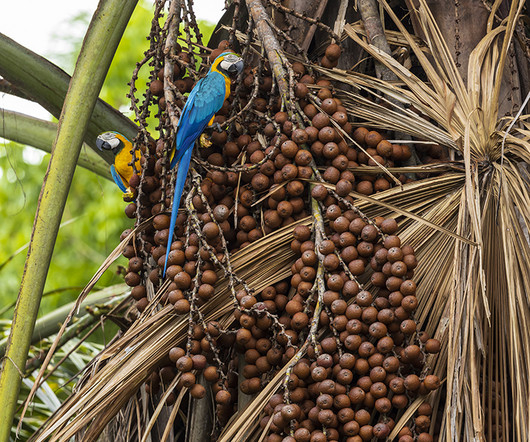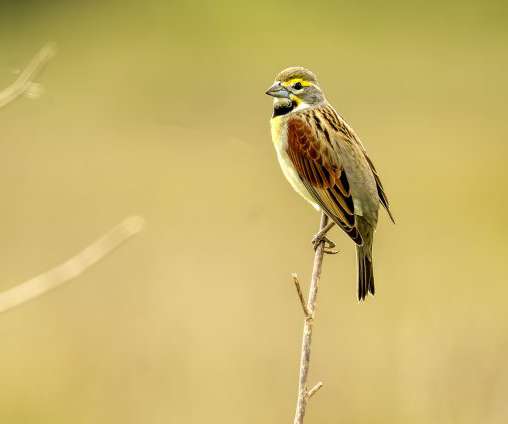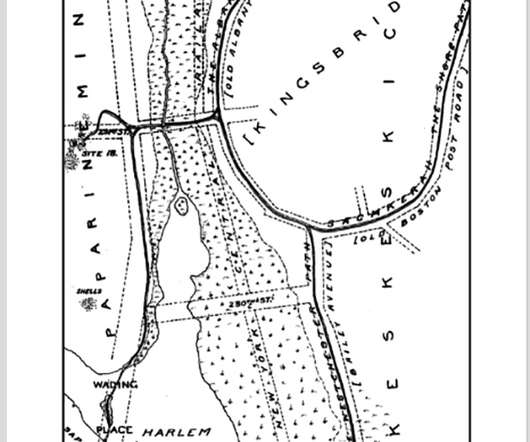Birding in a Refinery
10,000 Birds
APRIL 5, 2023
While the P-a-P Wildfowl Trust’s main thrust is the breeding and release of five duck species, the habitat encourages a number of native wetland birds to inhabit and proliferate the area. Witnessing unbothered Blue-and-yellow Macaws lazily perusing the larder of moriche palm fruit ensures that thoughts of anything else all disappear.















Let's personalize your content